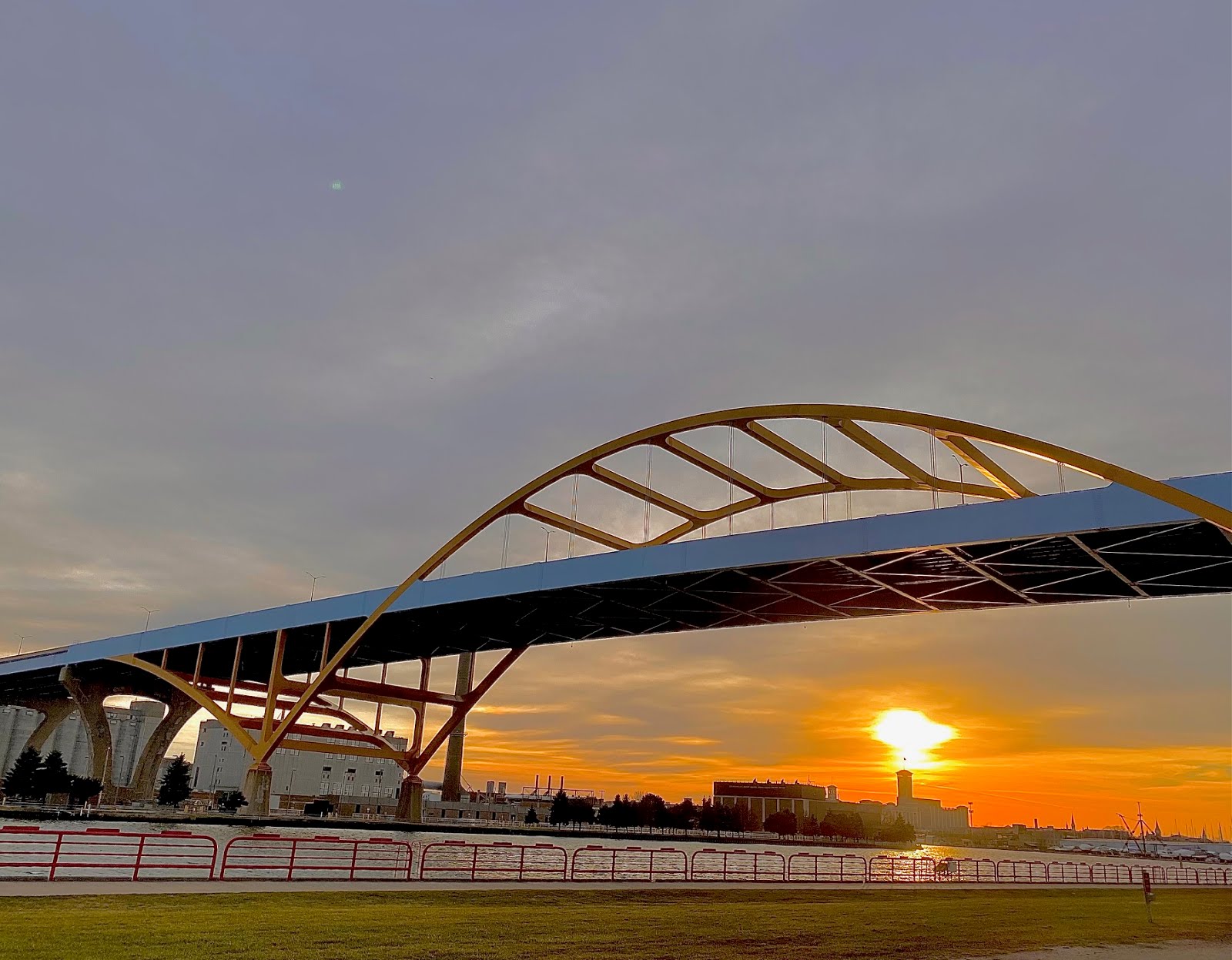WisDOT Can't Find Wetlands To Fix As Compensation For I-94 Wetlands Damage
The Daily Reporter's Sean Ryan (just give him the 2008 award for best continuing reporting right now) brings us yet another bizarre twist on the $1.9 billion state transportation department plan to rebuild and widen I-94 from Milwaukee to Illinois:
The agency is obligated to compensate the public for damage to wetlands the project will entail - - at least 76 acres - - by repairing or improving wetlands in exchange, but darned if so far the agency can't find any available.
I've always been suspicious of these wetlands remediation exchanges: you pave one over here, then clean one up over there - - but, really, to what standard, and for how long, while the former wetland is gone under concrete forever.
Put this wetlands SNAFU on top of these issues - - driving is down, so the already not-congested corridor needs the new 70 miles of lanes even less, and the agency's refusal to swap the new, not-needed lanes for a commuter rail line ready to go parallel to the freeway corridor.
This project is shaping up as one of the goofiest highway projects ever planned in Wisconsin.
Regrettably, it's pegged as the most expensive state road project in history.
More regrettable, its cost represents only 30% of the entire 25-year, seven-county, $6.5 billion freeway reconstruction and expansion (127 miles of new lanes) plan served up by the Southeastern Wisconsin Regional Planning Commission in 2003 - - when gasoline cost $2.30-a-gallon.









4 comments:
I may have missed this somewhere, but is there any way to stop this crazy plan at this point?
There could be litigation. If it happens, send the lawyers a check.
DOT has a huge mitigation wetland in Walworth County that is like 800 or 1200 acres of something, and that I had the misfortune to visit when I was doing consulting way back when (I’m sure there are more as well, but that one gets a lot of “action”). Think big farm field with busted drain tiles and a bunch of phragmites, reed canary grass, and other lovely invasive vegetation. All the recent wetland loss in our watershed has also been dealt with using the Walworth County wetland bank (including some bridge replacement work in the Menomonee), which really shouldn’t even be allowed in my opinion. Wetland compensation should be within the same watershed—compensating with wetlands in another watershed does nothing for either maintaining water quantity (mitigating flooding) or water quality. These created wetlands also never approximate the ones they are replacing. I know that I’m preaching to the choir, but that whole system is so royally messed up, its mind boggling. With the whole Wyndham Shoppes development in Franklin , they were proposing to purchase cranberry bog somewhere up north ( Vilas County ?) in compensation for their wetland destruction. We ended up getting that stopped, and getting some of that funding directed toward wetlands that needed restoration and protection in Franklin itself! It’s all about ease and laziness on the part of WDOT.
When WisDOT widened Greenfield Ave through the Poplar Creek wetland between Hwy 59 and Barker Road (in the Fox River watershed), the compensatory wetlands were located in Walworth County,in the Turtle Creek wetland (in the Rock River watershed). What is called for is the creation of a publicly accessible database indicating among other things: the location and acreage of both wetlands lost and compensated for; the name and direct phone number of the public employee responsible for monitoring these wetlands, and the responsible agency; the plan to make up net losses, (ex: 360 acres lost, but only 310 compensated for); and how the compensatory wetlands are protected--by direct ownership (of DNR, preferably not DOT) or permanent easement, etc. to prevent compensatory wetlands later becoming damaged or lost in a future project or development. And also, not in a database, some public transparency in the decision-making process that results in Waukesha County's wetland losses being compensated for in Walworth County.
Post a Comment